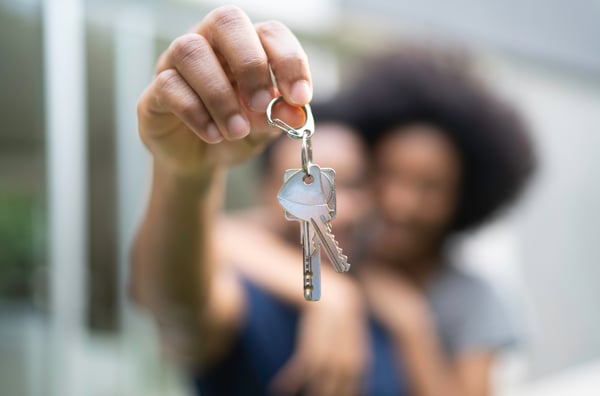I’ve been walking homes since I was old enough to peek over countertops.
When I tagged along with my mom on open houses and property tours, she’d always turn those quiet, one-on-one moments into mini masterclasses—pointing out things most buyers miss: uneven tiles, shortcut renovations, signs of sloppy work beneath the surface. I didn’t realize it then, but those lessons shaped my eye for detail, in both real estate and life (fast fashion doesn’t stand a chance in my closet).
Now, with years of experience, countless walk-throughs, and lessons from some of the best contractors in California, I’ve developed a radar for rushed flips and half-baked remodels. And I can tell you: not every fresh coat of paint means quality.
So if you’re house-hunting—or prepping your own home for market—here’s what I always recommend keeping an eye on:
- Look for Permits
Especially for plumbing, electrical, or structural work. No permit? That’s more than a paperwork issue—it’s a legal and financial risk. Cities can fine you, and savvy buyers will walk. - Check the Walls
Walls should be straight. Ripples, bows, or wavy seams usually point to deeper construction issues. One quick trick? Snap a photo on your phone—imperfections pop out more clearly. - Examine the Finishes
It’s all in the details. Baseboards, tile grout lines, window trim—clean lines and careful transitions speak volumes. You’re investing in a home, not a DIY project. - Test Cabinetry + Closets
Open drawers, swing every door, step inside closets. If drawers stick or shelves wobble, someone likely rushed the job. Don’t be afraid to poke around. - Look for Material Consistency
Watch out for cut corners: vinyl in the guest room, luxe tile in the primary. Or fresh paint in some areas and not others. A “flip” should feel cohesive throughout—not like a patchwork.
At the end of the day, a beautiful home should be more than skin deep.
And if you’re ever unsure, don’t go it alone. I’m here for the walk-throughs, the honest assessments, and the reality checks—because smart real estate is intentional real estate.
Let’s take a closer look, together.




